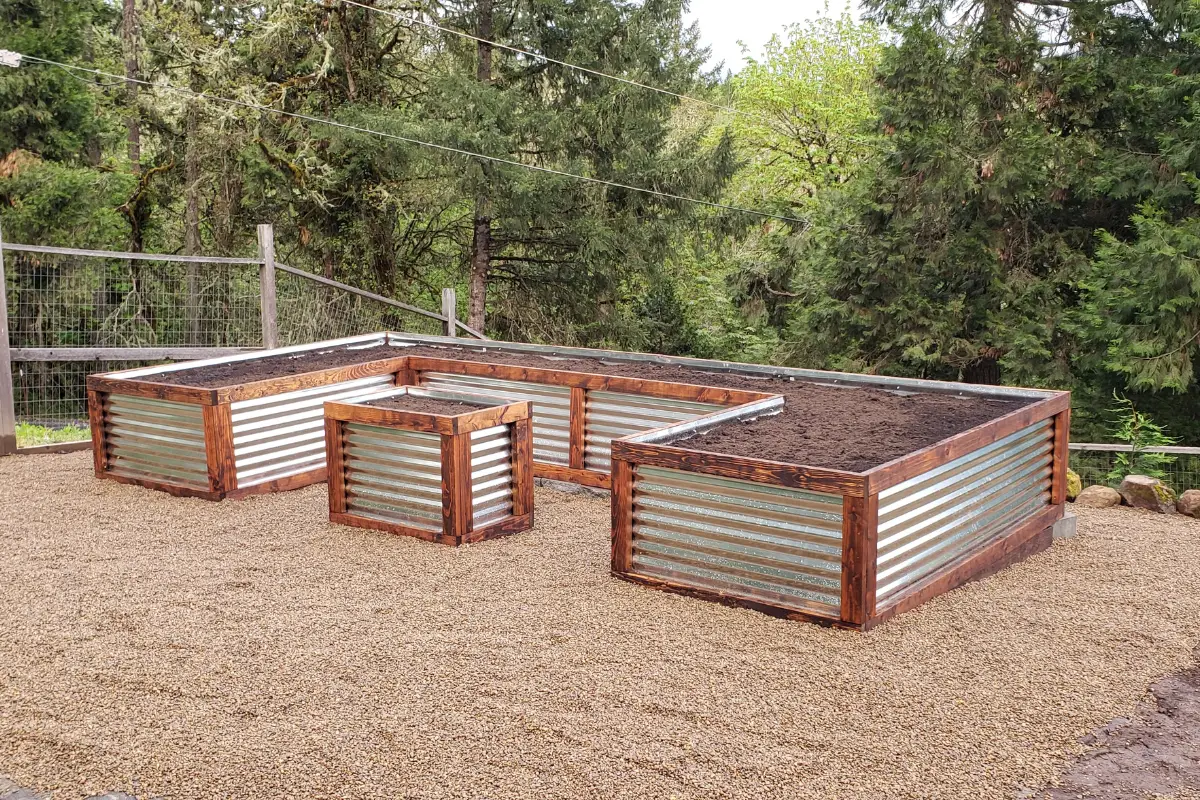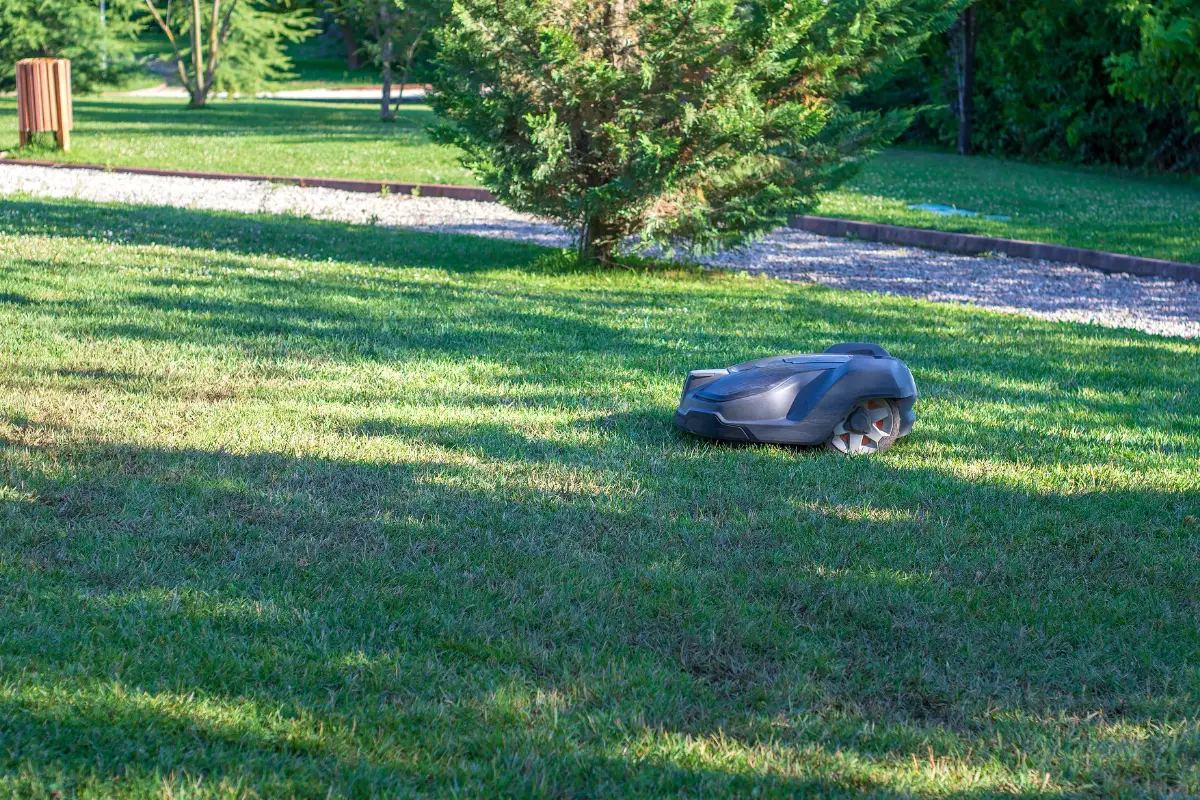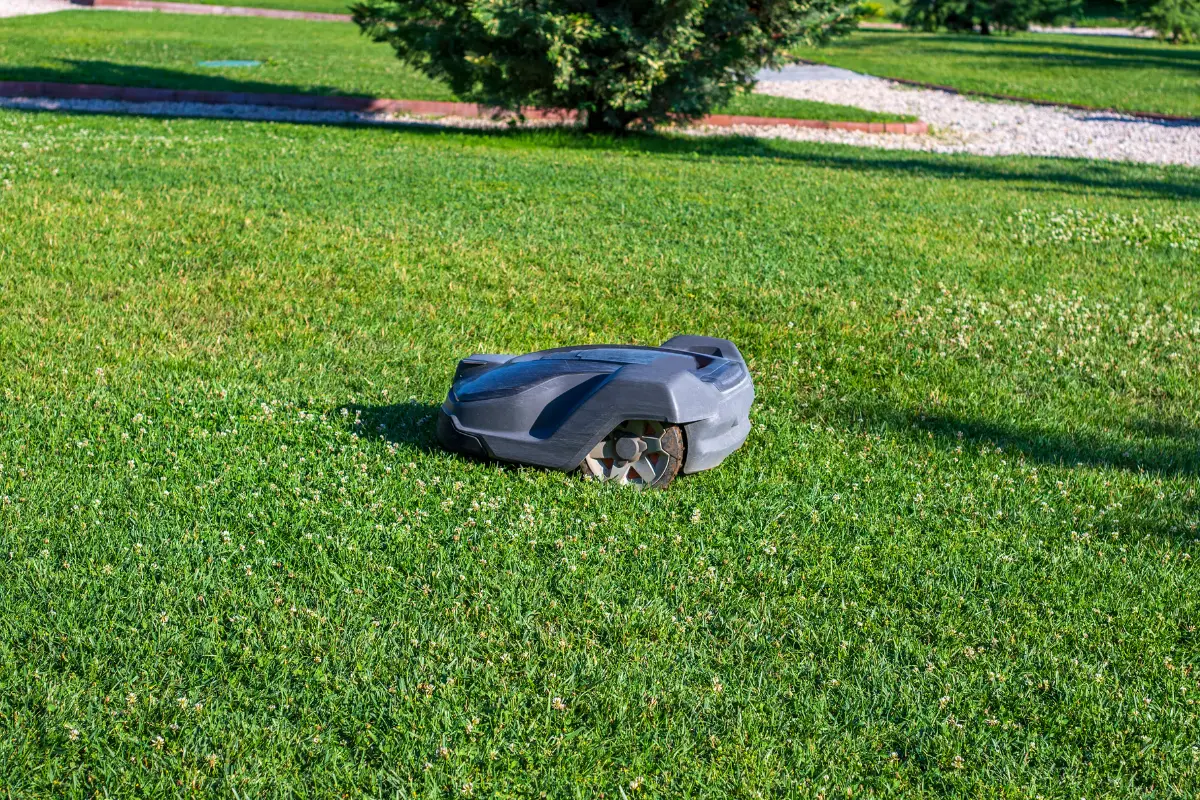If you’re looking to start a rooftop garden, you’ll want to be aware of the common problems. That way, you can avoid things going wrong and get the most out of your garden system.
The most common problems include access to water, drainage complications, carrying items to the roof, no privacy, no storage, and structural issues on the rooftop. You’ll want to know how to handle each of these problems.
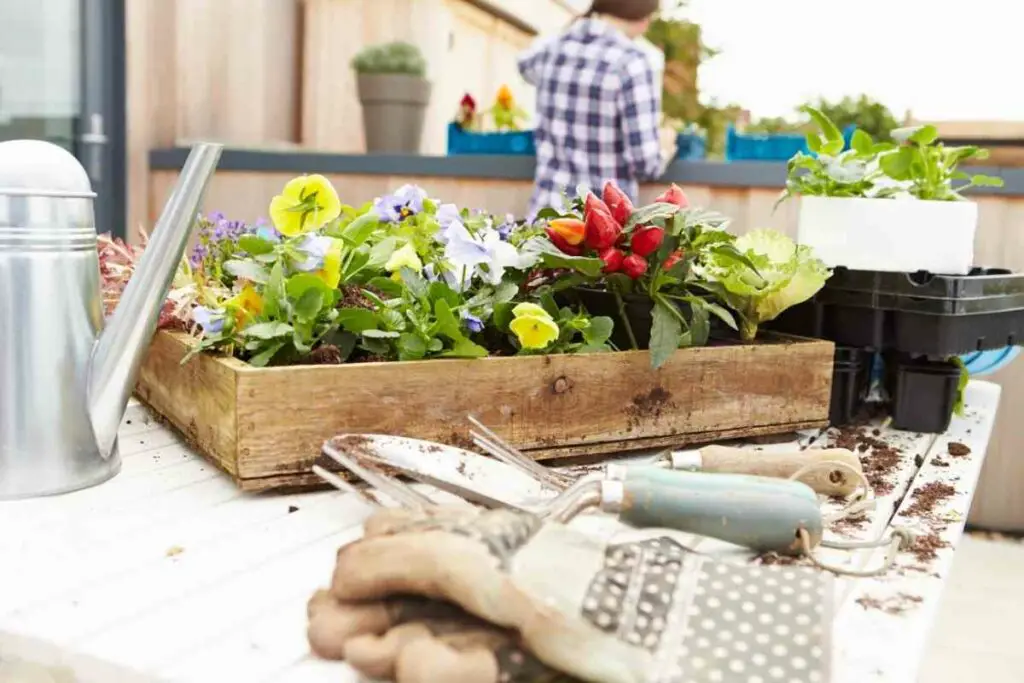
Table of Contents
What Are the Most Common Problems?
There are plenty of common issues that you can run into when making a rooftop garden, but you’ll most likely notice these problems:
- No access to water
- Drainage complications
- Difficulty bringing items to the roof
- Lack of privacy
- No storage space
- Issues with the structure of the roof
Even if you’re excited to get to work on the rooftop garden, you’ll want to address all of these issues first. Rooftop gardens are a lot of work and require plenty of planning to thrive.
Below are all of the common problems and ways that you can address them! Every rooftop situation is different, so you’ll want to know as much as possible about your building before installing your rooftop garden.
No Access to Water
The most common problem out of all of them is that there’s usually no water source on the rooftop. Most types of plants need a lot of water to grow and produce food.
Plus, rooftop plants often need more water than garden plants since they’re exposed fully to the sun.
If you have a water fixture on your roof, you’re in luck! You can connect a hose to it or use a watering can right there.
However, most people won’t have a spigot. It’s hard to carry a full watering can up and down several flights of stairs.
Before you plant even one seed, you’ll need to figure out how you’ll water your plants. One option to avoid hauling water upstairs is to use a rain-catching system. Simply set up a rain barrel on the roof, then take water from it.
Prices pulled from the Amazon Product Advertising API on:
Product prices and availability are accurate as of the date/time indicated and are subject to change. Any price and availability information displayed on [relevant Amazon Site(s), as applicable] at the time of purchase will apply to the purchase of this product.
Drainage Complications
Drainage can also be a problem- you don’t want your planters to fill with water, causing your plants to rot! Plus, filling them with water can make them very heavy, which isn’t good for the roof.
Before planting:
- Make sure your planters have ample room for drainage.
- If you’re using buckets, drill plenty of holes in them first.
- Set your planters on an elevated platform with gaps.
Many people use a few spaced-out pieces of wood for their platform. It gives the planters room to drain their water.
After watering your plants, you should be able to see the water flowing out of the planters. Make sure you don’t overwater them!
Lastly, make sure that water won’t collect on the roof. It should be able to evaporate and drain away without causing damage.
If you have the time and have DIY experience why not try install a drain drainage system for your rooftop garden?
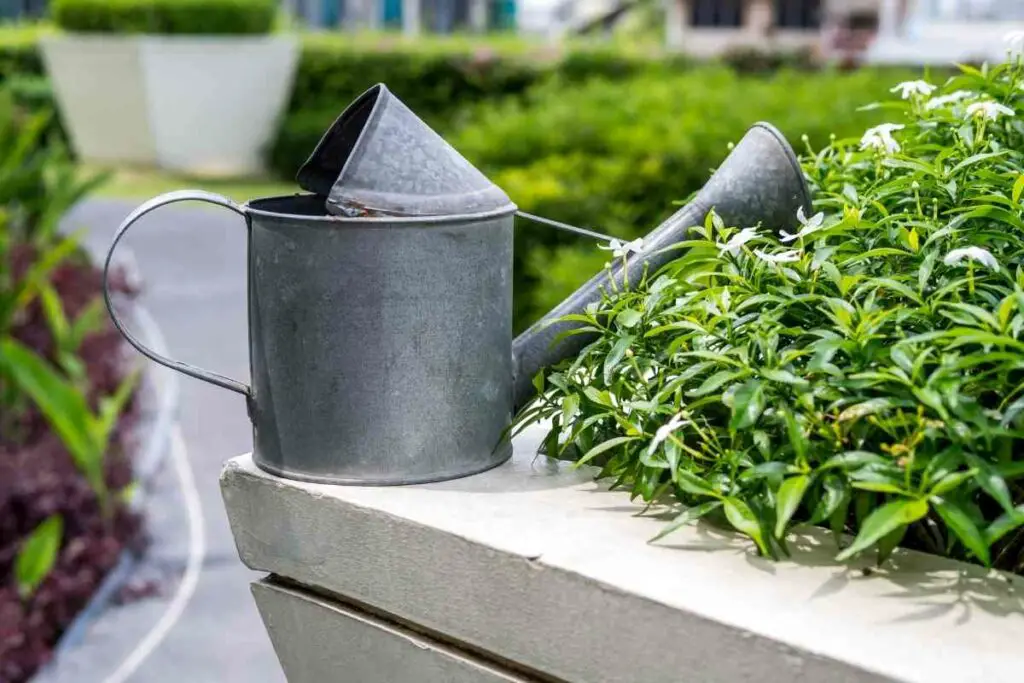
Difficulty Bringing Items to the Roof
Next, it can also be challenging to haul supplies to the roof. You’ll need to bring up your rain barrel, planters, soil, and more!
If you live in a tall apartment building, you could have to climb more than five flights of stairs.
Try to get supplies that require assembly after arrival. For example, planters and trellises that you build on the roof, so you don’t have to carry them up on your own. It’s easier this way since you avoid carrying an awkward object.
Also, make sure you buy seeds, then let them grow into full-sized plants. It’s less work to carry a pack of seeds upstairs than a pack of plants.
Make sure you also use an elevator whenever you can! Finally, having someone help you is an excellent idea to protect yourself from strain.
Lack of Privacy
Additionally, some people feel uncomfortable on the roof. Keep in mind you won’t have any privacy up there. You’ll be visible to everyone while gardening unless you grow trellises or use a privacy screen.
However, this isn’t an issue for everyone. Your building might be taller than others or even out of the way. You’ll still want to consider the lack of privacy before you start constructing your rooftop garden.
No Storage Space
Many rooftops don’t have any storage space for your tools and gardening supplies. It can be a hassle to carry everything upstairs that you need each day. However, you can install some storage space.
Consider using a small garden cabinet. It should be weatherproof and sturdy. Make sure it’s nowhere that it can fall off the roof! The cabinet should never be near the edge or in a direct wind current.
You can store soil, compost, fertilizer, tools, and more inside of one. That way, you won’t have to keep running items upstairs every time you garden.
Issues With the Structure of the Roof
Lastly, there may be some structural concerns with the roof. You must check the permissions in your area so that you’re confident you’re allowed to build a garden.
Plus, you can have professionals survey the roof. They’ll let you know what you can and can’t use in your garden. It’s always a good practice to use lightweight soil, plants, and planters on any rooftop garden.
Overall, you need to have permission to build a rooftop garden. Some roofs can’t support them, and you’ll cause structural damage! It’s best to make sure it’s safe before you get started
Do Rooftop Gardens Need Maintenance?
Rooftop gardens need more maintenance than gardens on the ground. The roof will also need more maintenance than those without them.
You’ll want to have professionals check on the rooftop every so often to ensure the garden isn’t causing any damage.
It’s essential to take care of the building’s structural integrity. If something goes wrong, it would be an expensive fix.
Overall, you shouldn’t start a rooftop garden without knowing how much work goes into it. It’ll take a lot of effort on your part, but the results are very worth it! Many gardeners love their rooftop gardens.
- How to Build a Planter Box for Bamboo: A Step-by-Step Guide

- Can Robotic Lawnmowers Handle Steep Slopes?

- Do You Need a Specific Lawn for a Robotic Lawnmower? Expert Advice

- Are Robotic Lawnmowers Safe for Pets and Children? Safety Features of Robotic Lawnmowers

- Why Use Robotic Lawnmowers? Advantages of Using a Robotic Lawnmower

- Is the GARDENA SILENO City 300 Cordless or Corded? A Clear Answer













